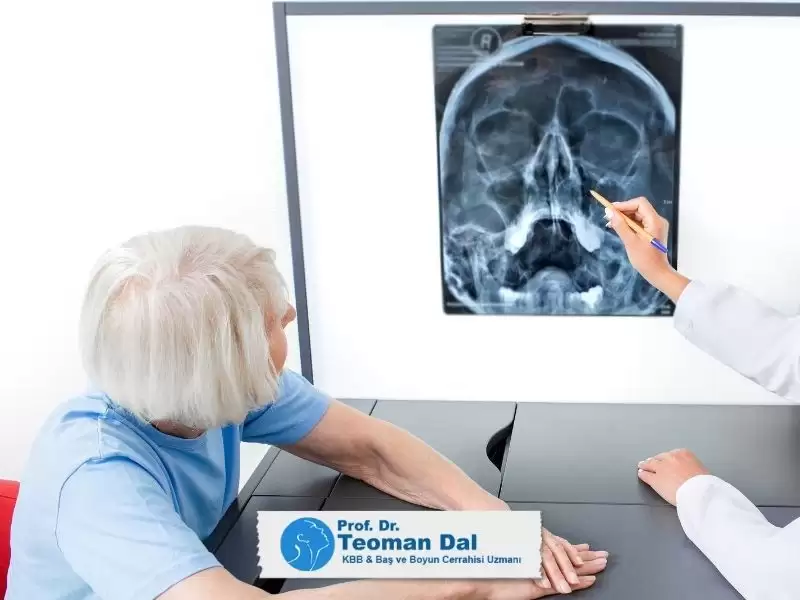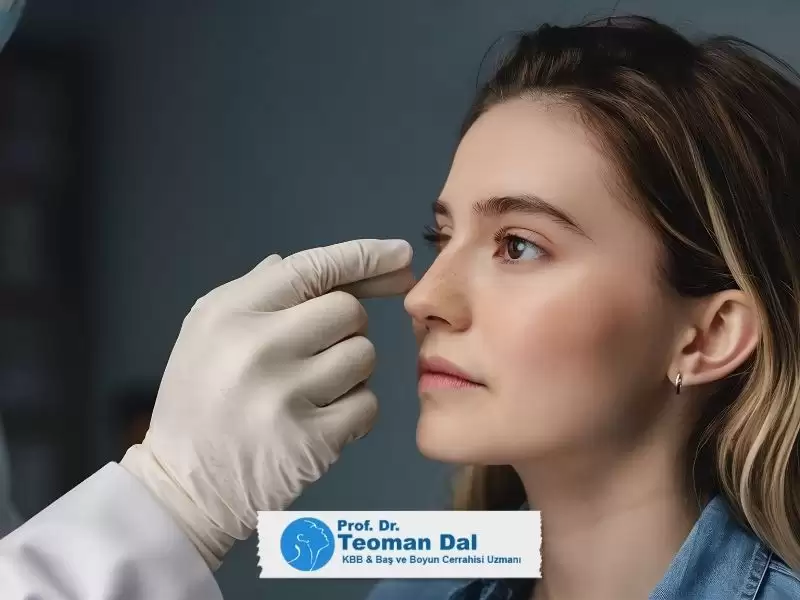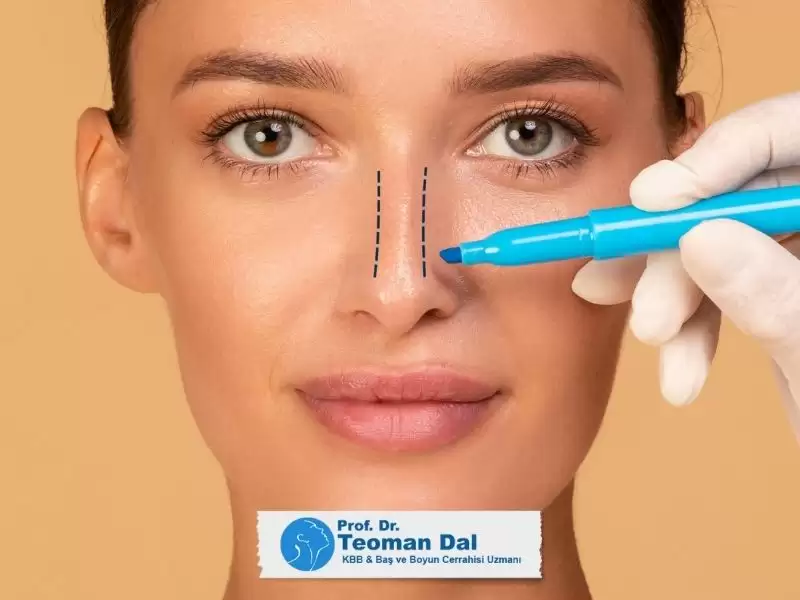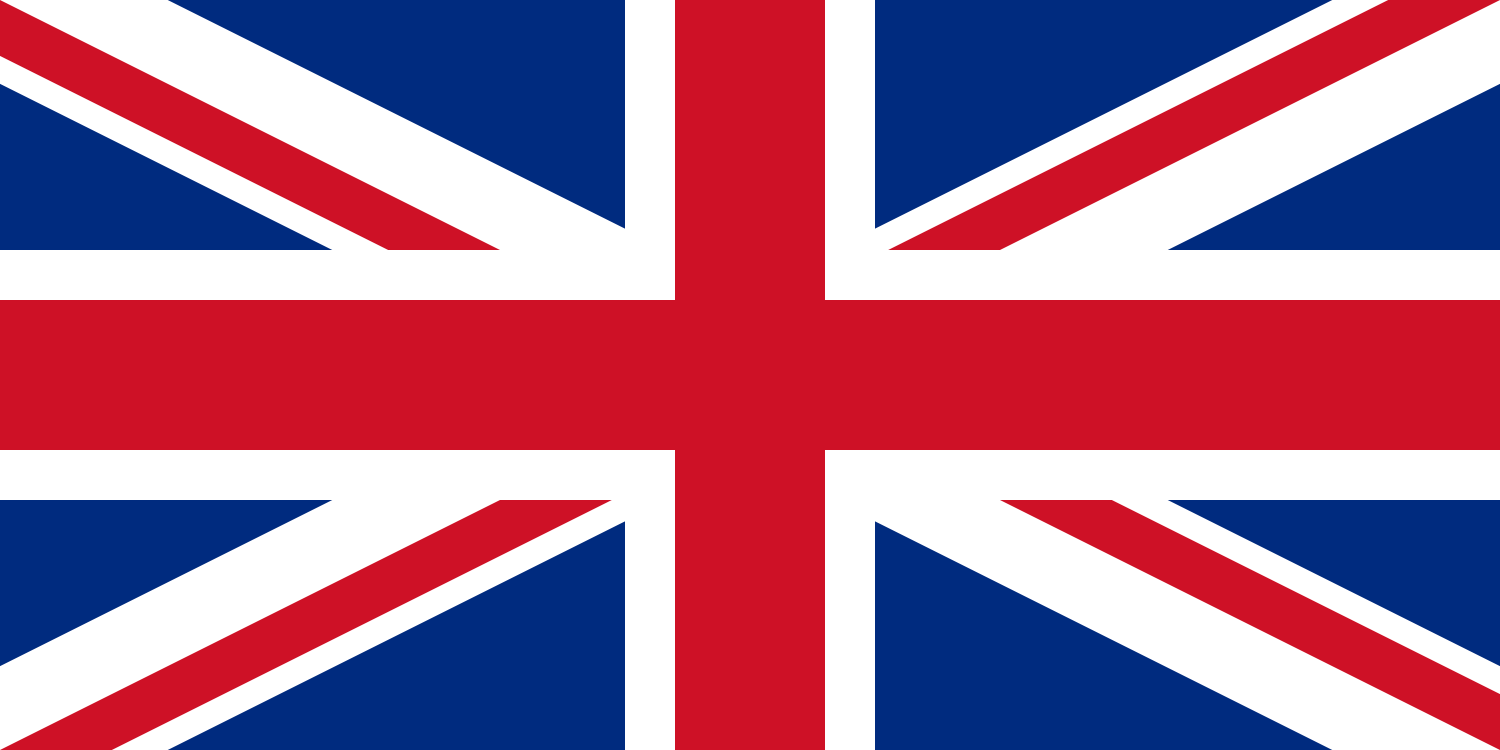Burun etleri, burun fonksiyonlarında kritik bir role sahip olup, solunum havasının ısıtılması, nemlendirilmesi ve filtrelenmesinde görev alır. Aynı zamanda, burun içinde hava akımına karşı belirli bir direnç oluşturarak akciğerlerin daha iyi genişlemesine katkıda bulunurlar (nazo-pulmoner refleks). Alt burun etlerinin çeşitli nedenlerle büyümesi (konka hipertrofisi), burun tıkanıklığının en sık görülen sebebidir. Burun etlerine yönelik müdahaleler, fonksiyonları korunarak dikkatli bir şekilde yapılmalı ve özel durumlar dışında kesinlikle tamamen çıkarılmamalıdır. Geçmişte uygulanan tam çıkarma operasyonları, burun fonksiyonlarını bozarak kuruluk, kabuklanma, tekrarlayan enfeksiyonlar ve yanma hissi gibi zorlu şikayetlere yol açabilmekteydi. Bu nedenle, günümüzde alt etleri küçültürken fonksiyonel dış yüzey mukozasına zarar vermeyen teknikler tercih edilmektedir.
Burun Eti Büyümesinin Nedenleri
- Septum Deviasyonu (Burun Eğriliği): Burun içindeki septumda bir tarafa eğiklik olan hastaların büyük kısmında, deviasyonun karşı tarafındaki burun pasajında bulunan burun etlerinde (özellikle alt ette) büyüme görülür. Bu durum, normal fonksiyonların korunması amacıyla devreye giren reflekslere bağlı ortaya çıkar (kompensatris hipertrofi).
- Orta Burun Eti İçindeki Hava Hücresi (Konka Bülloza): Orta burun etleri içerisinde yapısal bir varyasyon olarak hava hücresi bulunabilir (konka bülloza). Bu hava hücresinin büyümesi, orta burun pasajında hava akımını engelleyebilir ve aynı zamanda sinüs boşalma kanallarında tıkanmaya bağlı olarak kronik sinüs iltihaplarına neden olabilir.
- Diğer Nedenler: Alerjik reaksiyonlara bağlı burun mukozası şişmeleri, burun ve sinüs enfeksiyonları, burun mukozasındaki damarların dış uyaranlara aşırı reaksiyonları (vazomotor rinit), sinüslerden köken alan polipler ve burun içindeki iyi/kötü huylu tümörler de burun tıkanıklığına yol açabilir.
- Geceleri Artan Tıkanıklık: Geceleri, yatar pozisyonda oluşan burun tıkanıklıklarının nedeni genellikle alt burun etlerindeki damar ağı içinde bulunan kanın birikmesidir. Ayakta iken yer çekiminin etkisiyle kan kalbe daha rahat döner ve etler küçülür. Yatar pozisyonda ise yer çekimi desteğinin kaybolmasıyla kanın kalbe dönüşü zorlaşır ve alt burun etleri şişer.
Burun Eti Büyümesinin Tedavisi
Alt burun etlerinin büyümesine bağlı tıkanıklıkların tedavisinde farklı yöntemler kullanılır.
1. Radyofrekans ile Alt Konka Küçültülmesi
Bu yöntemde, alt konkaların mukozası altındaki zengin damar içerikli yumuşak dokulara özel bir cihaz ile radyofrekans enerjisi verilir. Oluşan ısı hasarı, dokularda büzülme ve sertleşme ile iyileşir. İşlemi takiben 4-6 hafta içinde oluşan sert iyileşme dokusu, etlerde küçülmenin yanı sıra dış uyaranlarla veya vücut pozisyonu ile oluşan genişlemeleri de önler.
- Uygulama: Başka patolojiye yönelik müdahale gerekmeyen hastalarda, alt konka radyofrekans işlemi ofis şartlarında lokal anestezi altında yapılabilir. Yaklaşık 5-10 dakika süren bu işlem, estetik veya fonksiyonel amaçlı burun ameliyatları, kronik sinüzite yönelik ameliyatlar ve burun tıkanıklığı şikayeti olan hastalarda başka nedenle yapılan ameliyatlar sırasında da kolaylıkla yapılabilir.

- Avantajları: İşlem sırasında burun etinde kesilme olmadığından kanama olmaz ve tampon uygulanması gerekmez. İyi bir lokal anesteziyi takiben işlem sırasında ve sonrasında ağrı hissedilmez ve hastalar hemen günlük aktivitelerine dönebilirler. Radyofrekans işleminin tek seansta başarılı sonuç verme oranı %80 civarındadır.
- Sonuçlar ve Tekrarlama: Radyofrekans uygulamasının beklenen sonuçları 15-20 gün içerisinde ortaya çıkmaya başlar ve konkalardaki küçülme 6-8 haftaya kadar devam edebilir. Hastaların az bir kısmında ise, 1,5-2 aylık iyileşme dönemini takiben istenen burun açıklığının tam olarak elde edilememesi durumunda işlemin tekrarlanması gerekebilir. Radyofrekans işleminin başarısı ve etki süresi; kullanılan radyofrekans cihazının teknolojisi, konka içerisinde uygulama yapılan bölge sayısı, işlem sırasında alt konka kemiğine dışa kırma uygulanıp uygulanmaması gibi faktörlerden etkilenir. Alerjik rinit, vazomotor rinit gibi hastalıkları olan veya sürekli kuru, kirli, sigara dumanlı veya soğuk ortamlarda bulunan ya da damar genişletici ilaçlar kullanan hastalarda, alt burun etleri işlemden bir süre sonra tekrar büyüyebilir. Bu durumdaki hastalarda radyofrekans işleminin tekrarı veya endoskopik konka redüksiyonu önerilir.
- Şikayetlerin tekrarlama ihtimali dezavantajlarına karşın, radyofrekans uygulaması yüksek başarı şansı, tampon gerektirmemesi, lokal anestezi ile yapılabilmesi ve kanamaya neden olmaması gibi avantajları nedeniyle en sık tercih edilen prosedürlerden biridir.
2. Endoskopik Konka Redüksiyonu
Bu yöntem, alt konka mukozası altındaki yumuşak dokuların, alt konkaların deforme bölümlerinin veya konka kemiğinin kısmen çıkarılması işlemidir.
- Uygulama Alanları: Genellikle konkaların büyüklüğünde yumuşak doku kısmından çok konka içerisindeki kemiğin önemli etken olduğu, radyofrekans uygulamaları ile istenen sonucun alınamadığı, konkanın aşırı büyük veya deforme olduğu veya radyofrekans işleminin tekrarlama ihtimali nedeni ile tercih edilmediği durumlarda uygulanır.
- İşlem: İşlem genellikle genel anestezi altında cerrahi aletler ya da microdebrider sistemleri kullanılarak yapılır. Mikrodebrider teknolojisi ile uygulandığında 5-10 dakika civarında sürer. Konkalarda kullanılan mikrodebrider cihazlarının boyutlarının çok küçük olması sayesinde işlem sırasında mukoza bütünlüğü bozulmaz, kanama riski azalır ve işlem tampon kullanılmadan gerçekleştirilebilir.
- İyileşme: Konkaların zengin kan damarı içeriği nedeniyle ameliyat sonrasında kanama ihtimaline karşı hastaların 72 saat boyunca istirahat etmeleri önerilir. Endoskopik konka redüksiyonu ameliyatını takiben etlerde önemli ölçüde küçülme olur. Mikrodebriderler yardımıyla alt burun etlerinin arka bölümlerine de ulaşılabilir ve genişlemiş veya deforme olmuş alt konkalarda da başarıyla küçültme yapılabilir. Bazı hastalarda alt konka arka kısmına kısmi çıkarma veya radyofrekans uygulanması da tercih edilebilir.
- Tekrarlama Riski: Endoskopik redüksiyon yöntemi konka mukozasını koruyan bir teknik olduğundan, alerjik rinit, vazomotor rinit gibi tanıları olan, sürekli olarak havanın kuru ve kirli olduğu, sigara dumanlı veya soğuk ortamlarda bulunan ya da damar genişletici ilaçlar kullanan hastalarda uzun dönemde alt konkalarda tekrar büyüme olabilir. Bu durumdaki hastalarda lokal anestezi ile radyofrekans uygulaması oldukça iyi sonuçlar verebilir.
3. Konka Bülloza Plastisi
Orta burun etlerinde hava hücresi (konka bülloza) nedeniyle oluşan problemlerde, uygun endoskopik cerrahi teknikleri kullanılarak konka bülloza plastisi uygulanmaktadır. Fonksiyonel olarak alt etler kadar kritik olmasalar da, orta etlerin daha sonra yapılabilecek sinüs müdahaleleri için yol gösterici rolü olması nedeniyle genellikle tam olarak çıkarılmamaları tercih edilir.
Septum Deviasyonu Ameliyatı ile Birlikte Burun Eti Küçültülmesi
Burun içindeki septumda eğiklik (deviasyon) olan hastaların büyük kısmında, solunum açısından tatminkar bir sonuç elde edebilmek için, hemen her zaman aynı ameliyat sırasında özellikle eğikliğin karşı tarafındaki burun pasajında yer alan etlerin uygun bir müdahale ile küçültülmesi gerekli olmaktadır. Aksi takdirde, bir tarafa doğru kaymış durumdaki septumun orta hatta getirilmesiyle daha önce geniş olan taraf nispeten daralacak ve bu kısmın ameliyat öncesi hacmine uyum sağlayarak büyümüş olan konkalar küçültülmedikleri takdirde tıkanıklık oluşacaktır.





